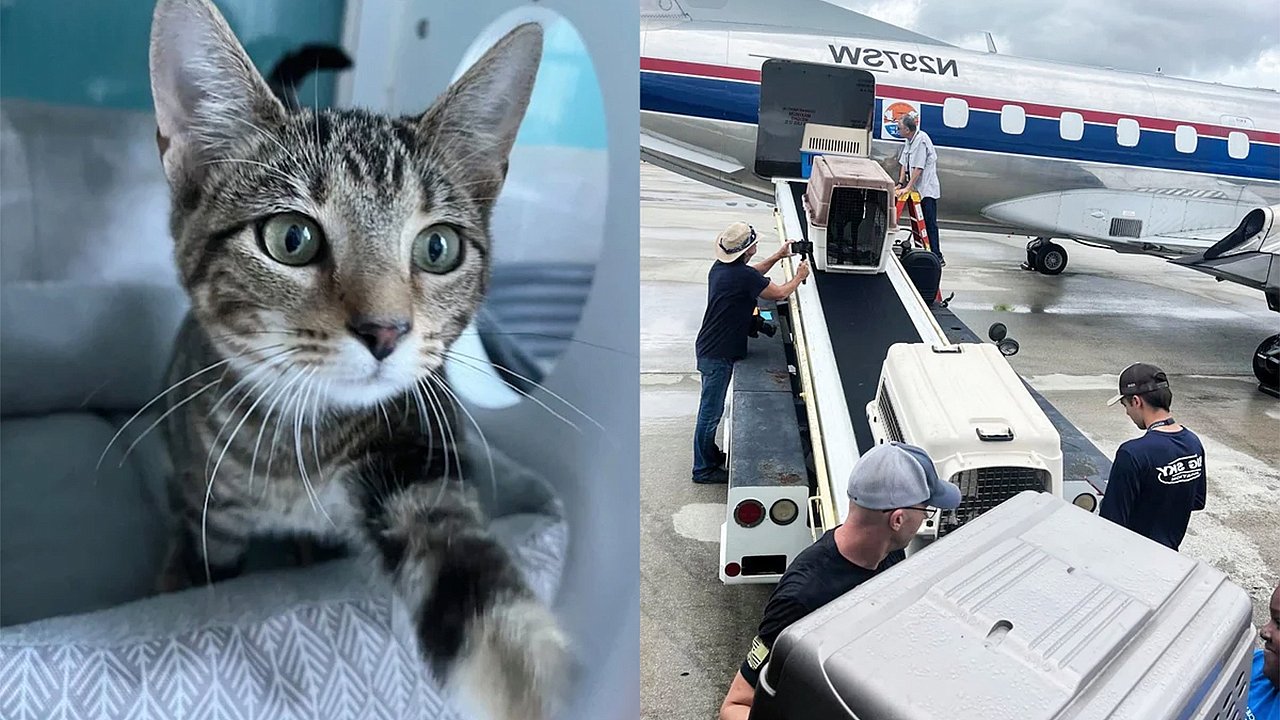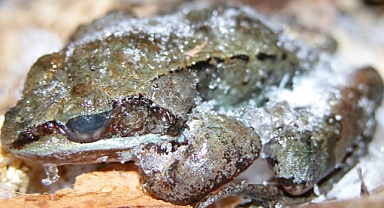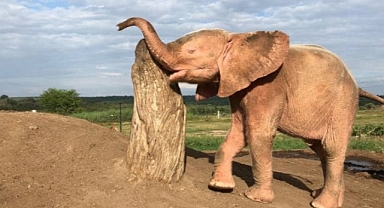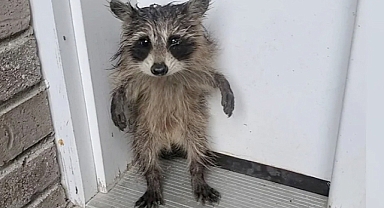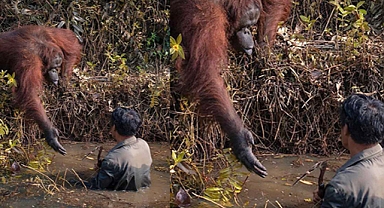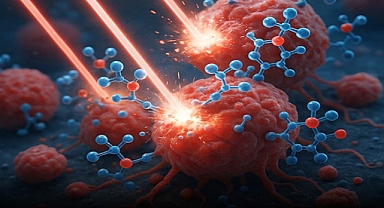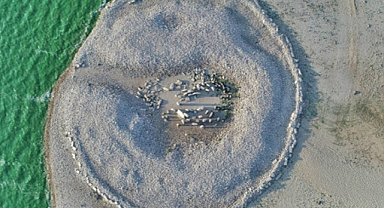U.S. Rescue Shelters Open Doors for Pets Evacuated from Hurricane Milton’s Path
Hurricane Milton, a Category 3 storm that struck Florida’s west coast, left not just people scrambling for safety but also put the lives of hundreds of animals at risk. Cities like Tampa and Sarasota were forced to empty their local shelters to protect pets in harm's way. With limited space and resources in Florida, animal welfare organizations and rescue networks across the country stepped up to house these evacuated animals before the storm arrived.Organizations like Best Friends Animal Society, a coalition of thousands of rescue groups and shelters, played a pivotal role in coordinating these efforts. According to Sharon Hawa, an emergency services manager at Best Friends, the need for fostering and adoptions is more urgent than ever. "We can make more space for animals to come in, but the challenge is that we don’t know what’s left of the shelters on the ground after the storm,” Hawa explained. “Some facilities may not be operational for some time, so it's crucial to have backup plans in place.”The evacuation of animals required careful logistical planning. Whether by plane or van, nearly 200 pets were transported from Florida and neighboring areas affected by Hurricane Milton — and even from shelters still recovering from last month’s Hurricane Helene. Many of these animals have now found temporary refuge in shelters as far north as New York and Massachusetts. But ensuring these pets could travel safely wasn’t an easy feat. "Every animal must be cleared by a veterinarian to ensure they’re healthy enough for transport. It’s essential to avoid any medical emergencies during these relocations,” Hawa added.Shelter staff also face enormous challenges. In addition to their regular responsibilities, these workers must now operate under high-stress conditions, sometimes from makeshift evacuation centers far from their primary facilities. “Kudos to the shelter teams who work tirelessly every day, but especially during a disaster. It’s incredibly hard to manage displaced animals without the usual resources,” Hawa said.Despite the hurdles, the storm has fostered meaningful collaborations across the animal welfare community. “What’s inspiring is how shelters and rescue groups are coming together,” Hawa shared. “This really is a nationwide effort, with everyone pitching in however they can."Hawa emphasized that the national shelter system is already under strain, with many facilities overcrowded even before the storm hit. She stressed the vital role of the public in supporting shelters by fostering or adopting animals. “It’s important for people to understand that when they adopt from a shelter, they’re saving two lives,” she said. “The animal they bring home and the one that takes their place in the shelter.”The heroic efforts of these rescue networks underscore how critical fostering and adoption are, especially during emergencies. As animals from Florida continue to find refuge in shelters nationwide, adoption drives have ramped up to help these displaced pets find their forever homes. With the community’s support, these pets will have a chance to move from evacuation centers into loving families.
Hurricane Milton, a Category 3 storm that struck Florida’s west coast, left not just people scrambling for safety but also put the lives of hundreds of animals at risk. Cities like Tampa and Sarasota were forced to empty their local shelters to protect pets in harm's way. With limited space and resources in Florida, animal welfare organizations and rescue networks across the country stepped up to house these evacuated animals before the storm arrived.Organizations like Best Friends Animal Society, a coalition of thousands of rescue groups and shelters, played a pivotal role in coordinating these efforts. According to Sharon Hawa, an emergency services manager at Best Friends, the need for fostering and adoptions is more urgent than ever. "We can make more space for animals to come in, but the challenge is that we don’t know what’s left of the shelters on the ground after the storm,” Hawa explained. “Some facilities may not be operational for some time, so it's crucial to have backup plans in place.”The evacuation of animals required careful logistical planning. Whether by plane or van, nearly 200 pets were transported from Florida and neighboring areas affected by Hurricane Milton — and even from shelters still recovering from last month’s Hurricane Helene. Many of these animals have now found temporary refuge in shelters as far north as New York and Massachusetts. But ensuring these pets could travel safely wasn’t an easy feat. "Every animal must be cleared by a veterinarian to ensure they’re healthy enough for transport. It’s essential to avoid any medical emergencies during these relocations,” Hawa added.Shelter staff also face enormous challenges. In addition to their regular responsibilities, these workers must now operate under high-stress conditions, sometimes from makeshift evacuation centers far from their primary facilities. “Kudos to the shelter teams who work tirelessly every day, but especially during a disaster. It’s incredibly hard to manage displaced animals without the usual resources,” Hawa said.Despite the hurdles, the storm has fostered meaningful collaborations across the animal welfare community. “What’s inspiring is how shelters and rescue groups are coming together,” Hawa shared. “This really is a nationwide effort, with everyone pitching in however they can."Hawa emphasized that the national shelter system is already under strain, with many facilities overcrowded even before the storm hit. She stressed the vital role of the public in supporting shelters by fostering or adopting animals. “It’s important for people to understand that when they adopt from a shelter, they’re saving two lives,” she said. “The animal they bring home and the one that takes their place in the shelter.”The heroic efforts of these rescue networks underscore how critical fostering and adoption are, especially during emergencies. As animals from Florida continue to find refuge in shelters nationwide, adoption drives have ramped up to help these displaced pets find their forever homes. With the community’s support, these pets will have a chance to move from evacuation centers into loving families.
